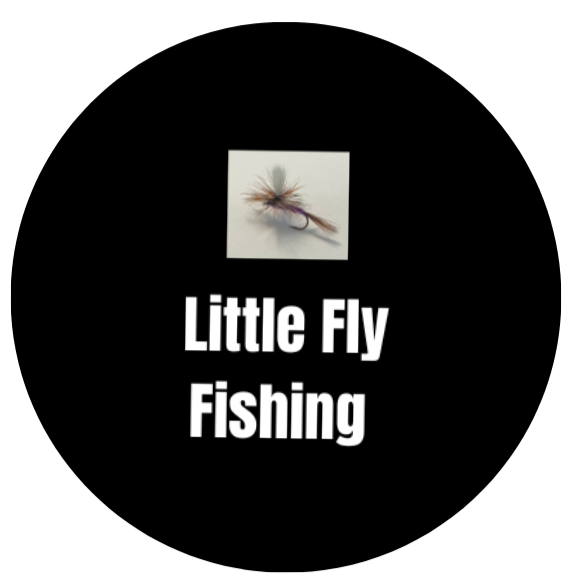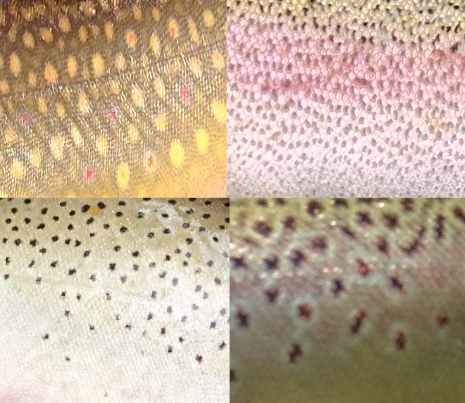Here’s an overview of common trout species found in North America, including scientific names, characteristics, spawning season, diet, and geographic range.
Rainbow Trout
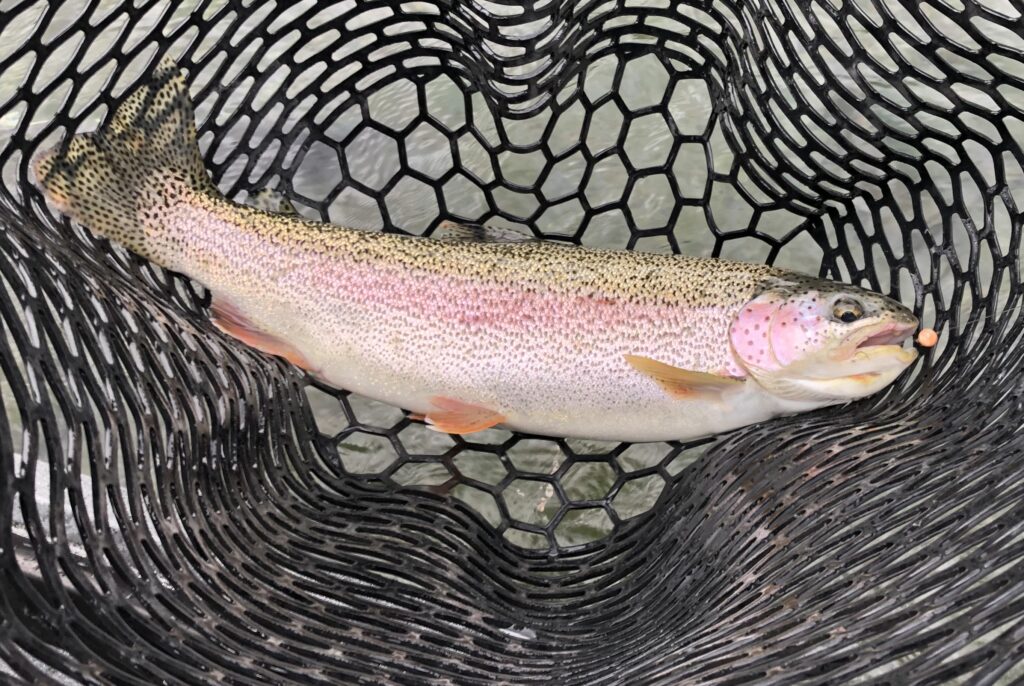
Scientific Name: Oncorhynchus mykiss
Characteristics: Rainbow trout have a streamlined body with a silver coloration. Rainbow trout are agile swimmers and are known for their acrobatic jumps. They often exhibit pink stripe along their sides and small, round spots on their back, fins, and tail. Their adult size is quite variable as fish that exhibit migratory behavior tend to grow much larger than non-migratory rainbow trout.
They prefer clear, cold water with high oxygen levels. Some rainbow trout, known as steelhead, exhibit an interesting migration pattern. Steelhead are born in rivers but leave to spend their adult lives in the ocean. They return to the stream of their birth to spawn and, unlike salmon, they typically do not die after spawning.
Spawning Season: Typically in the spring, with variations depending on the region.
Diet: Rainbow trout feed on aquatic and terrestrial insects, small fish, and crustaceans.
Geographic Range: Native to North America, rainbow trout are now found across the Americans in various habitats, including rivers, lakes, and oceans.
Brown Trout
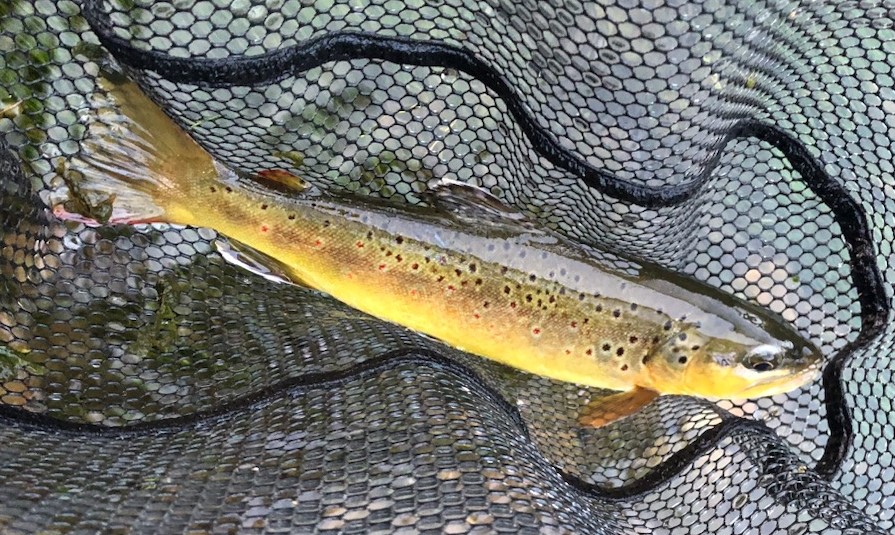
Scientific Name: Salmo trutta
Characteristics: Brown trout have brown or olive-green backs with dark spots. They may also have red or orange spots with pale borders.
Brown trout can tolerate higher water temperatures than other trout species so are often found in slower rivers and lakes. Brown trout can be secretive and picky eaters.
Some brown trout exhibit migratory spawning behavior. Adults will move from lakes or large rivers into tributary streams to spawn.
Spawning Season: Typically in the fall, but it can vary by region.
Diet: Their diet includes insects, small fish, and crustaceans. Larger brown trout tend to focus more on small fish as prey.
Geographic Range: Native to Europe, brown trout have been introduced to various regions around the world and are now found in both the Northern and Southern Hemispheres.
Cutthroat Trout
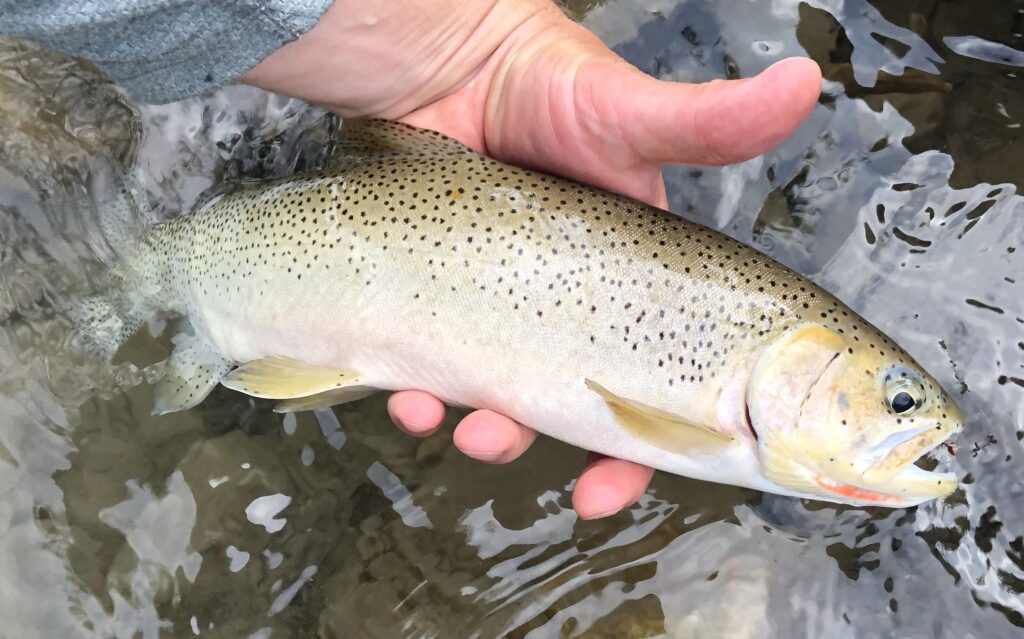
Scientific Name: Oncorhynchus clarkii
Characteristics: Cutthroat trout are recognized by the red or orange slash marks on the underside of their jaw.
They are known for their propensity to look up bugs on the waters surface.
Spawning Season: Varies by region, but it often occurs in the spring.
Diet: Cutthroat trout feed on insects, small fish, and other aquatic organisms.
Geographic Range: Native to North America, cutthroat trout are distributed in mountainous and costal regions of the western United States and Canada. They are found in clear, cold waterbodies with high dissolved oxygen.
Brook Trout
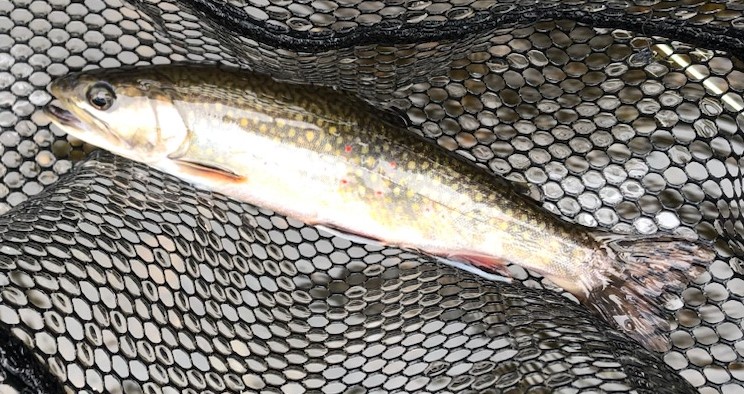
Scientific Name: Salvelinus fontinalis
Characteristics: Brook trout have a dark-green to brownish back with lighter, worm-like markings on their sides. They have red spots with blue halos. They typically have white margins on their ventral fins.
Brook trout are known for their aggressive behavior. They are usually opportunistic feeders.
Spawning Season: Typically in the fall, with variations by region.
Diet: They feed on insects, small fish, and crustaceans.
Geographic Range: Native to eastern North America, brook trout are also found in other parts of the continent and have been introduced globally. They are found in clear, cold waterbodies with high dissolved oxygen.
Bull Trout
Scientific Name: Salvelinus confluentus
Characteristics: Bull trout have a mottled appearance with pale spots on a dark background. They have a slender body and a distinct adipose fin. They can grow to impressive sizes.
Some bull trout exhibit migratory spawning behavior. Adults will move from lakes or large rivers into tributary streams to spawn.
Spawning Season: Typically in the fall, with some variations.
Diet: Bull trout feed on fish, insects, and other small aquatic organisms. Larger bull trout tend to focus more on small fish as prey.
Geographic Range: Native to North America, bull trout are found in certain watersheds in the western United States and Canada. They are found in clear, cold waterbodies with high dissolved oxygen.
